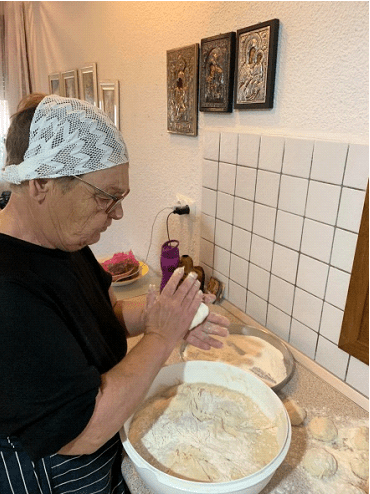A well-known Pontiac food is pisi (pl. pisia). Pisi is a type of pie, which takes its name because it is fried. The word pisi is Turkish and we asked Mrs. Anatoli Chatzisavva, who we photographed making them, for the recipe, the implementation and for further information about pisia.
Mrs. Anatoli has been making pisia since the age of 12 and she learned the recipe from her grandmother Sophia or Panikina, her nickname- she was the wife of Panagiotis (Panik). Anatoli’s mother Maritsa also made very tasty pisia. Panikina, a refugee from Bafra of Pontus, had difficulties with the Greek language but she spoke Turkish very well. At the time they settled in the village of Krinides, Rahtsa in the Turkish language, the economic situation of Greece and the Greeks was tragic. The people could not even buy bread from the bakery, while shopping as we younger people understand did not exist. For this reason every housewife baked her own bread. Many times when Panikina was making dough for bread, she would separate some to make pisia as well. Also, when guests came to the house, Panikina made pisia or handmade spaghetti for her guests. Pisia are plain, but if you make them stuffed with cheese, potato, minced meat or whatever else you like, they are called piroski. But at that time, because cheese or minced meat was very expensive, Panikina made sometimes piroski with potato, as something different for her family or to please her guests.
Materials for pisia
⦁ 1 ½ kilos flour
⦁ 3 sachets of dry yeast
⦁ 1 teaspoon of salt
⦁ 1 coffee cup of olive oil
⦁ Water (as much as it takes to make the dough fluffy)
Implementation
Mix the flour, yeast, salt and olive oil together and slowly add the water, until the dough becomes fluffy. Cover it and leave the dough to rise in a warm place. Then we make the dough into small balls and, flouring our hands, open them into a spherical shape, making a hole in the middle. Then fry them in hot olive oil.
Mrs. Anatoli makes them for her family or for various events, such as memorial services. Once, at a village event, she made 400 pisia! Pisia are eaten plain, with sugar, honey, merenda, etc. We can say that pisia are similar to today’s donuts.
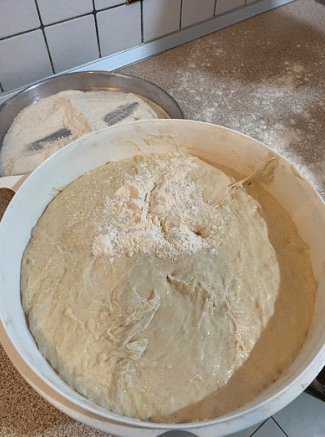
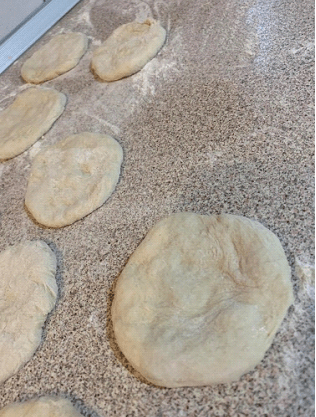
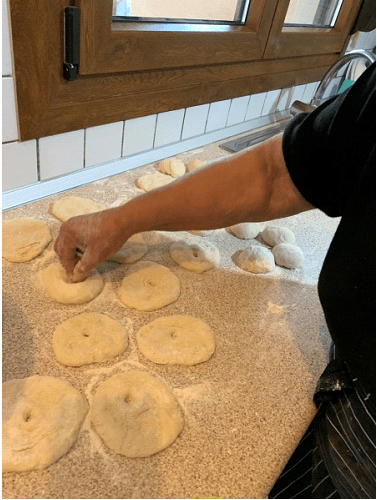
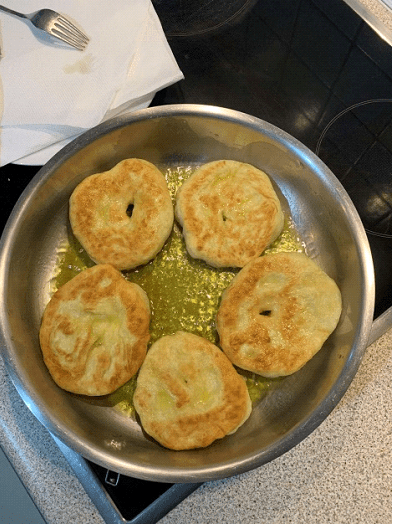
Photos by Chatzisavva Despoina

